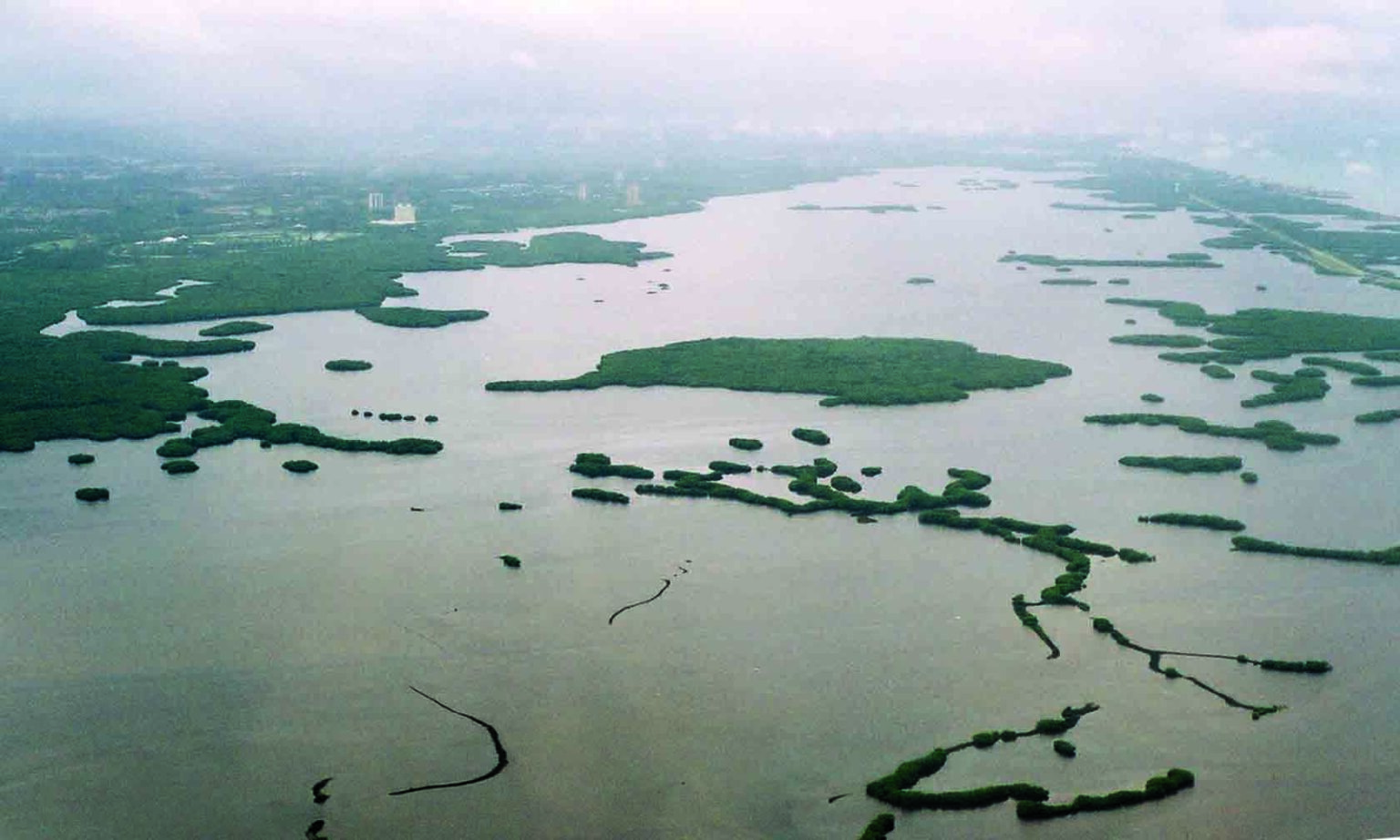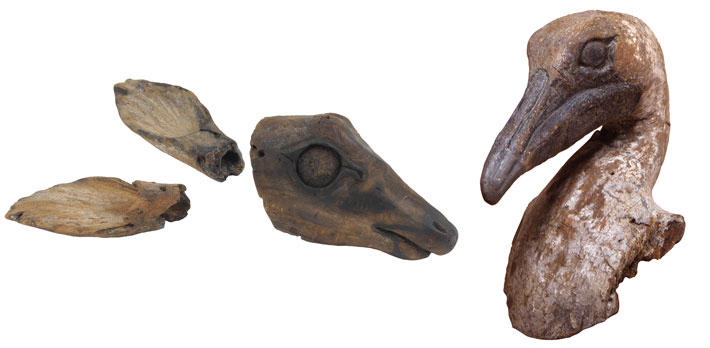Anthropology
Related: About this forumDeposits of Poisonous Fish Remains Identified on Florida's Mound Key
December 30, 2024
CENTRE COUNTY, PENNSYLVANIA—Newsweek reports that deposits of the bones of porcupine fish and other burrfishes have been unearthed at southwestern Florida’s Mound Key and dated to between A.D. 1000 and 1600. The Calusa and their ancestors constructed Mound Key by layering shells, fish bones, and other daily refuse in Florida’s Estero Bay, and occupied it from about A.D. 500 through the arrival of the Spanish in the seventeenth century. Mounds, canals, causeways, burial mounds, and structures for capturing and storing fish and other marine animals have been found on the island. Burrfishes, which are known for their parrot-like beaks and ability to inflate their spiny bodies, contain a compound that is fatal to humans if consumed. Isabelle Holland-Lulewicz of Pennsylvania State University said that it is not clear how these fish were used by the Calusa, but she noted that no spines were recovered from the deposits. She thinks that the spines, skins, and perhaps the poisonous innards of the burrfishes may have been processed into a non-food product. To read more about Mound Key and the Calusa, go to "Searching for the Fisher Kings."
https://archaeology.org/news/2024/12/30/deposits-of-poisonous-fish-remains-identified-on-floridas-mound-key/
~ ~ ~
Searching for the Fisher Kings
Features September/October 2021
By Jason Urbanus
In the waters of southern Florida, the creative Calusa people forged a mighty empire

Mound Key (center) in Estero Bay was the capital of the Native Calusa people when the Spanish arrived in the sixteenth century.
(Merald Clark)
In 1895, Frank Hamilton Cushing, a pioneering anthropologist from the Smithsonian Institution, turned his attention to an obscure area of swampland in southwestern Florida. He had been shown a collection of objects that had recently been found by workers extracting peat from a bog on Key Marco, on Florida’s Gulf Coast northwest of the Everglades. Cushing was one of the country’s preeminent scholars of Native American culture, yet the artifacts he saw perplexed him. The finely crafted relics, which he estimated to be quite old, were unlike anything he had seen before. Cushing decided to make the long, arduous trek to Key Marco, where he organized a team to further investigate the site.

Among the wooden artifacts preserved in the muddy bog of Key Marco are figurines of a deer head and ears (above left) and a brown pelican (above right).
(Courtesy of the Penn Museum, object no. 40707C; Courtesy of the Penn Museum, object no. 40708)
Over the next two years, Cushing’s team retrieved thousands of objects that stunned the archaeological community. Preserved in the muddy, oxygen-free conditions of the bog were tools, weapons, ceramics, and household objects made from bone, shell, wood, and woven fibers. There were also painted ceremonial masks and carved animal heads. A six-inch wooden statuette of a feline, known as the Key Marco Cat, is considered by many to be one of the finest pieces of pre-Columbian Native American sculpture.
The people who crafted these objects were a mystery to Cushing and other scholars. Their material culture was seemingly older than and unrelated to that of Native groups living in Florida at the time, such as the Seminole or the Miccosukee. The men and women who had created and used these items had inhabited Florida’s shores long ago. They had, however, left behind evidence of their lives, especially of their mastery of their marine environment. Buried in the muck of Key Marco were fishing nets woven from palm fibers, hammers and other tools made from conch shells, and blades fashioned from shark teeth. Even the land on which they lived owed itself to the sea, as it was formed from heaps of oyster, clam, and conch shells.
Cushing named these people the Key Dwellers, but archaeologists now know them as the Calusa, which Spanish sources say meant “fierce people” in their language. Researchers have learned that the Calusa, whose empire and influence spread across a territory from Charlotte Harbor on the Gulf Coast across to the Atlantic Ocean and down to the Florida Keys, were the dominant Native group in southern Florida when Europeans arrived in the sixteenth century. Unlike other complex societies of the Americas, such as the Inca, Aztecs, and Maya, the Calusa eschewed large-scale agriculture, instead building their empire on marine resources. For more than 200 years, they resisted Spanish colonization and Christianization until, ultimately, they disappeared from Florida’s shores.
More:
https://archaeology.org/issues/september-october-2021/features/florida-calusa-capital/
Faux pas
(15,782 posts)SunSeeker
(56,151 posts)And then the Europeans came and proceeded to kill everything.